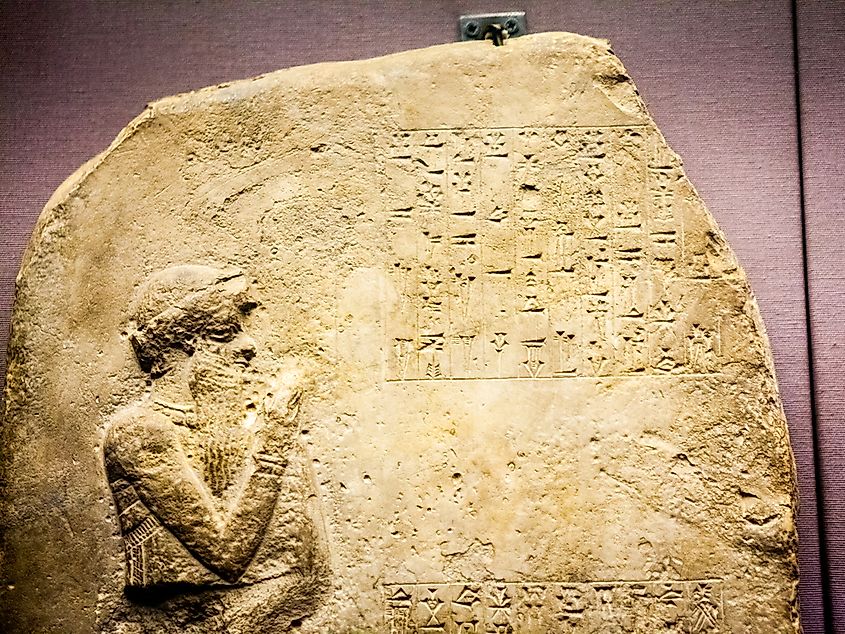Where Does The Term An Eye For An Eye Come From?

- The phrase “an eye for an eye” can be first found written in the Babylonian Law.
- This phrase served to limit compensation in various court cases throughout history.
- The phrase can be found in most major religious texts, in one form or another.
"An eye for an eye" is a term we use every day. It is often referred to as the law of retaliation, and it is basically a principle that says that if a person injures someone else, they should be punished similarly. The person that inflicts the punishment should be the one that was originally injured. The phrase is often used not just when talking about injuries, but other wrongdoings as well.
Throughout history, the goal of this principle was to make compensation similar in value to the original loss. That means that the damaged person should not ask for a more substantial compensation than what the damage they suffered originally was.
The Origins Of The Term
The origins of the phrase "an eye for an eye" are not exactly clear, but it is commonly believed that the term developed in its lex talionis form together with the early civilizations. It served as a system to determine the retribution for different cases of wrongdoings, feuds, and vendettas. It always served a purpose in the development of newer legal and social systems. It was the basis for the establishment of a force that had the purpose of enacting retaliation and of ensuring that the punishment was fair. That can be considered an early form of a state.

The first written trace of the principle can be found in the Babylonian Law. In those ancient societies, if a person wanted retribution for something that was done to them, they would often do something much worse than the original crime. At times the retaliation would result in deaths. This was the reason why the Babylonian Law sought out to put a limit on actions such as these. It restricted the retribution and made it follow the principle of "an eye for an eye." The only condition was that the offender and the victim belonged to the same social class. If a person from a lower class did something to cause damage to someone from the upper classes, their punishment would be more severe.
The Various Uses Of The Principle
The term was used throughout history in its Latin form, which was lex talionis. It does not apply only to various codes of justice; its use is much broader than that. It includes the kind of legal systems that have penalties that are fittingly severe for the crimes that were committed. The principle was even used in the legal code written by Hammurabi, where it clearly states that if a person has caused the death of someone else, they should be killed as well. It follows the same principle of reciprocity as the expression "an eye for an eye."

The Twelve Tables of Rome were also prescribing specific punishments for specific crimes. Even in the British Common Law, people that suffered a loss and won their trials were entitled to receive a repayment that is of equal value to their loss. The phrase was also used throughout various religious texts. It is used in the Hebrew Law, with the same purpose of restricting compensation. The form in which it was used there can be translated as "only one eye for one eye," which retains the same meaning. Most major religions have certain forms of the phrase written in their holy texts.











